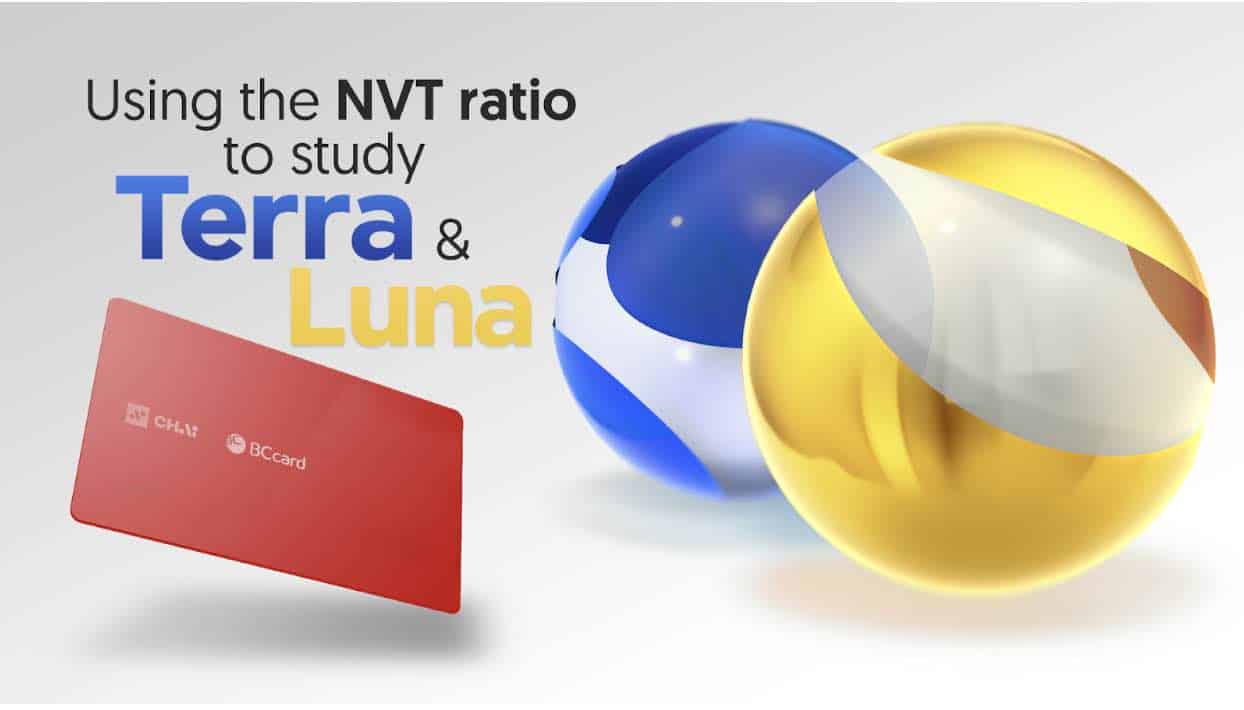Terra is one of the most promising projects coming out of South Korea. Thanks to its payments dApp CHAI, it has positioned itself to pretty much take over the South Korean market. If you are an investor, then this is definitely one of the projects to look out for in 2020. One of the most intriguing facts about the project is that it uses a two token system – Terra and Luna.
Terra and Luna
Terra is an algorithmic stablecoin that will be used by users to conduct transactions. Terra happens to be collateralized by Luna, which powers the networks DPOS blockchain. There are a couple of pointers you must keep in mind before we go ahead:
- The validators get paid a small fee from each and every transaction. The fees can be anywhere between 0.1%-1% of the transaction.
- Luna itself is backed by the transaction fees that are coming from Terra. As such, when more Terra goes into circulation, the valuation of Luna should increase as well. This is a critical point, so keep this in mind.
Predicting the growth of Luna
One of the more helpful indicators that can aid you in correctly judging the true value of an asset is NVT or “Network Value to Transactions.” For those who have dabbled into stock trading, NVT is pretty similar to the Price-Earnings (P/E) ratio. NVT is nothing but the ratio between the coin’s market cap and its transaction volume.
- When the NVT ratio gets too high, what it means is that the price is going through a period of massive speculation. No one is conducting any transactions with the tokens, which means that there is a lack of any real use-cases. A high NVT ratio (>150) means that the market will soon go through bearish correction.
- A low NVT (<45) means that the asset is undervalued. There is a lot of transaction volume, but the market cap of the currency is low. This is a sign that the price may go up.
Ok, so what does this mean for Luna?
Terra has been designed in such a way that its NVT ratio won’t be going into the overbought zone – once fully implemented. That’s a pretty logical conclusion based on the following facts:
- The overall marketcap of Terra won’t fluctuate much since its a stablecoin.
- Terra’s CHAI has made a lot of strategic partnerships (BC Card, CU, Yanojla, SSG Duty-Free, etc.), which will ensure that it always has a high transaction volume. In fact, its partnership with BC Card – Korea’s largest payment processor – will lead to the creation of a debit card named CHAI card. This card will allow users to pay for anything using the Terra network, which could potentially shoot transaction volume through the roof.
These metrics could push NVT’s value into the oversold zone. When this happens, the following actions get triggered:
- The price of the individual Terra token will go above the stable level.
- An appropriate amount of Luna tokens will be burnt to push the price of Terra into the stable zone.
- Since burning the tokens will lead to a decrease in Luna’s supply, it should increase its individual valuation, as per supply-demand mechanics.
Conclusion
What we can conclude from our observations is that both Terra’s and Luna’s values are intrinsically linked to each other. Since Terra’s usage is inevitably going to go up due to its many partnerships, that should trigger a rise in price for Luna as well.
Post Views: 1,747
